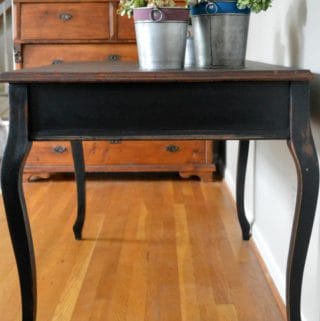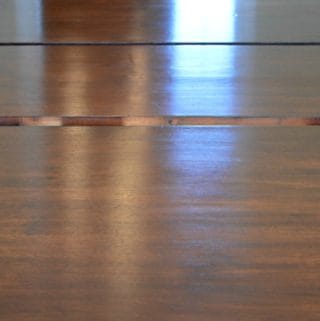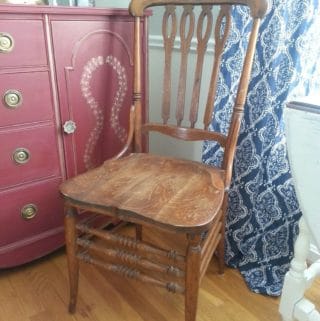After The Flood: How To Fix Your House
If a flood has affected your property, you’ll no doubt be aware that there’s a lot to do to bring your home back to normal. Some folks, particularly those living on flood plains, may well have had to repair their homes several times.
But what if it’s the first time that you’ve ever experienced flooding in your house? Now that the floods have gone, the process of recovery and restoration can begin. Although it’s not an exhaustive list, here’s a primer to help you get started on your journey to fix your house:
Safety first
Before you do anything, you must turn off any power going into your house. Water may still be saturating things like electrical wiring, lighting, and sockets. Have your home inspected by an electrician before you consider turning back on the power.
Dispose of damaged furniture and electronics
One of the things about floodwater is that it’s very rarely clean water that enters properties. Floodwater usually contains a mix of stormwater and effluent, and when that water soaks into your possessions, they can seldom get cleaned up.
Electronic items, in particular, regardless of the type of water that’s affected it, cannot usually get economically repaired. Once it’s safe to return to your home, you’ll need to begin disposing of possessions that are beyond economical repair.
You must clear your flooded rooms out as a matter of urgency. Delaying that process will make the cleanup and restoration process slower and can cause health issues. Plus, there’s also the increased costs associated with lengthy cleanups.
Gut ground floor rooms
Once you’ve disposed of items that were permanently damaged by floodwater, the next stage is to gut your ground floor rooms. In a nutshell, each room will need to be bare and devoid of any furniture or fittings.
In the kitchen, for example, once you’ve disposed of your appliances, you’ll need to dismantle and remove worktops and cupboards that are permanently fixed to the walls. The wood used in kitchen fittings will typically be beyond repair and so must get disposed of.
You should also remove all carpets, especially as they will still be soaked full of floodwater. It’s also likely you’ll need to remove baseboards and wooden flooring due to water damage.
Clean and dry out the ground floor rooms
The next stage is to thoroughly clean and dry out those now-gutted downstairs rooms. You might think it’s something that you can tackle yourself, but it rarely makes sense to take on such a mammoth task alone.
Instead, it makes more sense to work with a water damage company that can tackle the cleaning and drying-out process as a team. While all that work gets carried out, you should temporarily live elsewhere, as staying at your home isn’t practical or even safe in some cases.
Redecoration and habitation
Once all flooded areas are clean and dry, you can then renovate and redecorate the flood-damaged rooms. Be sure to have an electrician check that your downstairs wiring, lighting, and sockets all work as they should. And have any items repaired or replaced before you redecorate. When it comes to aesthetics, you’re probably going to have to repaint any rooms where water has had contact with the walls. Quality handyman services will help you to achieve a pristine finish.
Good luck!
Please note that some of the links above and below are affiliate links, and at no additional cost to you. All opinions are my own.








